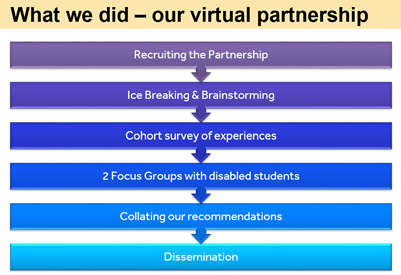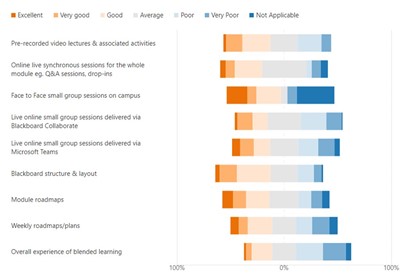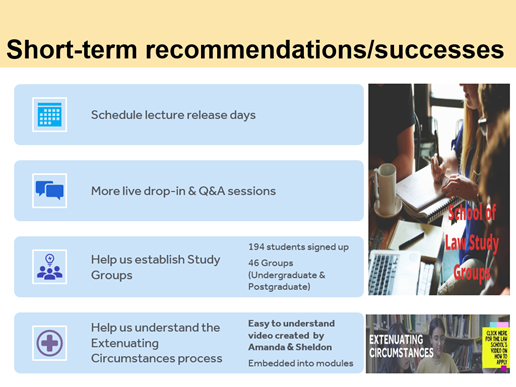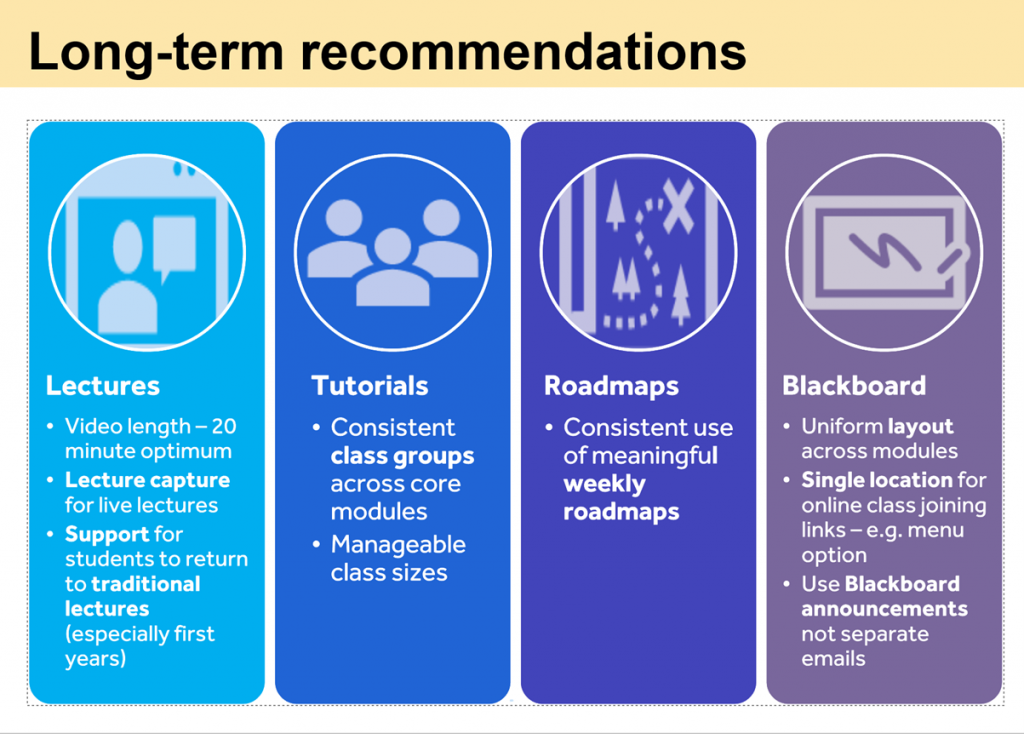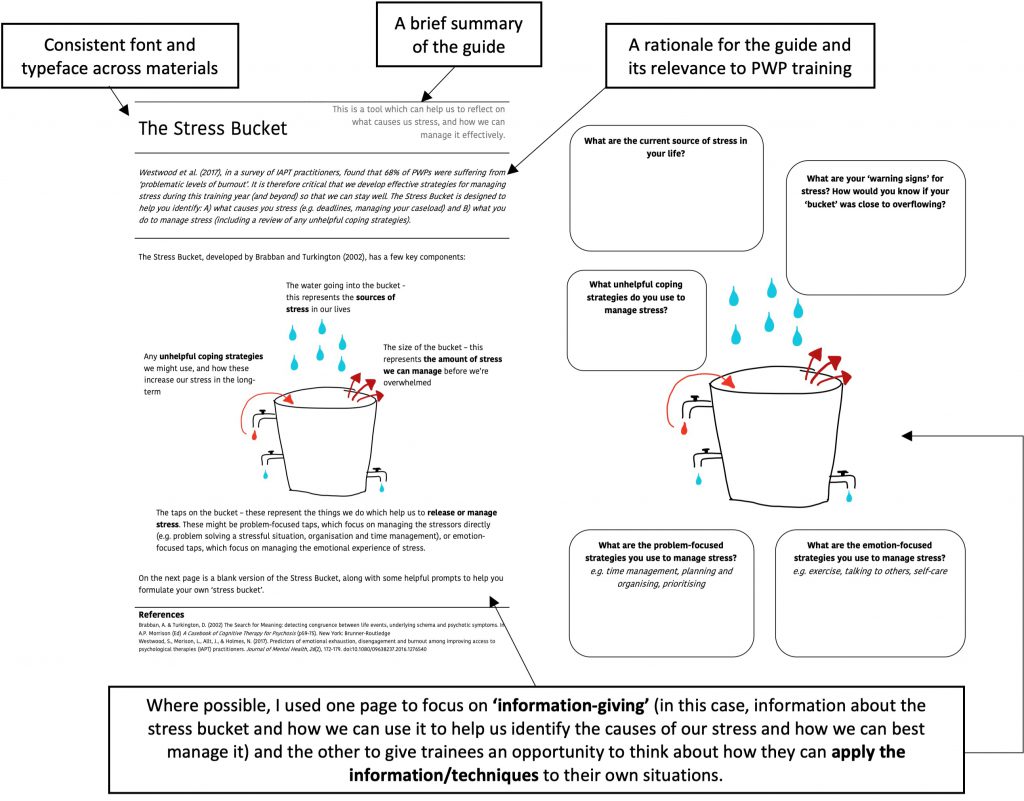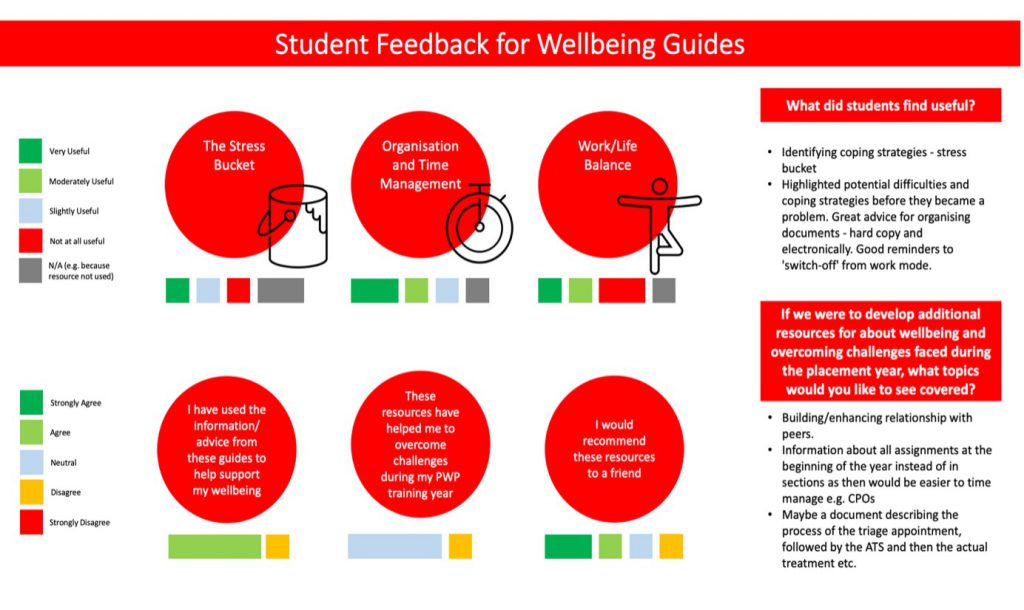By: Ekililu Salifu, Henley Business School, e.salifu@henley.ac.uk
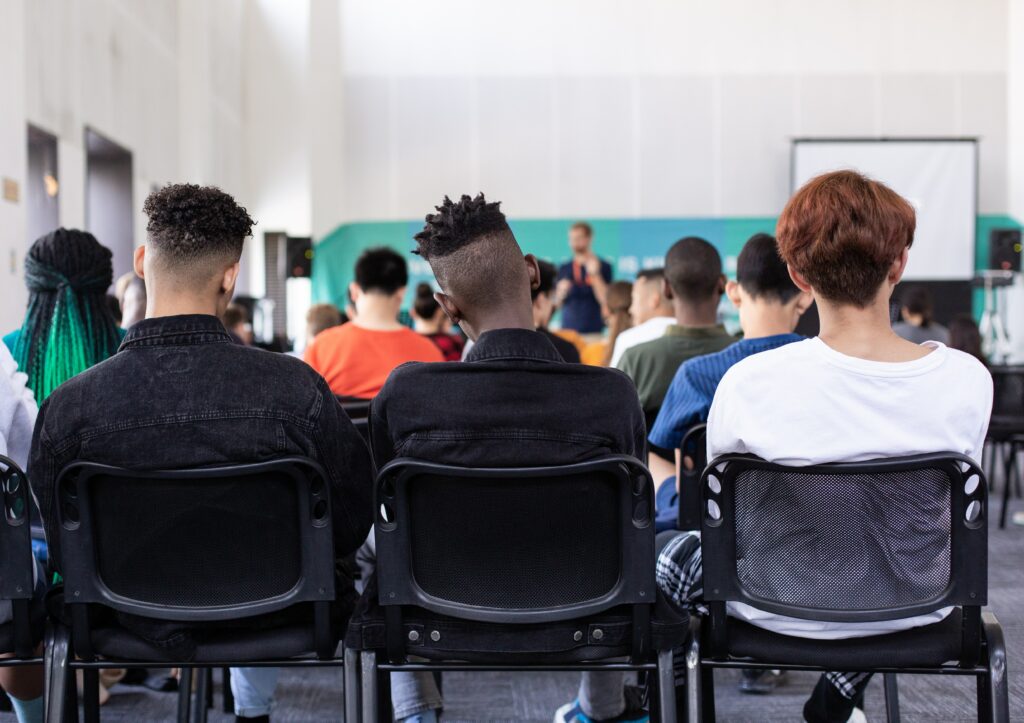
Overview
This article explores using constructivism as a pedagogical approach to achieving the objective of a decolonised accounting curriculum. It discusses how constructivism can be used to effectively outline the constraints of the received perception of accounting as a pseudo-technical subject while making room for alternative representations.
Objectives
The primary aim of this activity was to explore the use of constructivism learning theory to achieve a decolonised accounting curriculum. The next objective was to design and effectively deliver a more inclusive globalised curriculum for post-graduate financial reporting in particular, and accounting in general.
Context
Accounting curriculum is perceived to be pseudo-technical, relying on the application of technical rules and principles that are universally accepted. This is the received view of our postgraduate accounting students, over 90% of whom are from an international background. Student feedback suggested that while they wanted to learn and apply conventional financial reporting and accounting, they also wanted to see a representation of themselves in some of the discussions. During the delivery and redesign of the curriculum for ACM002 Financial Reporting and Regulation (now ACM006 International Financial Reporting and Regulation), I explored the use of constructivism as a pragmatic pedagogical approach to explore the constraints of this notion while making room for the generation of alternative explanations. ACM002 (now ACM006) is a compulsory financial reporting module for MSc International Accounting and Finance students, and currently has 26 students registered on it.
Implementation
Decolonisation can take on different meanings but is used in this context to mean the recognition of the constraints placed by monocultural and largely westernised perspectives or hierarchies in accounting and the making room for alternative representations. Decolonising the accounting curriculum faces unique disciplinary constraints, as the largely Western knowledge systems we pass on are considered to be ‘universal’, especially in the wake of the near-universal acceptance of international financial reporting standards. A decolonised accounting curriculum needs to emphasise its ability to meet local needs and cultivate globally transferable skills.
I started with an informal focus group with some students from the 2021/2022 cohort, to collate feedback on what a decolonised financial reporting curriculum would mean to them, among other objectives. Students argued against the development and delivery of an overtly decolonised curriculum that continuously recognised the constraints of the existing curriculum, and especially discussed alternative representation. This was primarily borne from their belief while the present curriculum had hegemonic dispositions, it was still necessary as its completion would enhance their global competitiveness. Furthermore, for a decolonised curriculum to be meaningful to the student, they needed to see their own experiences represented in the discussions.
Constructivism offered a solution to designing and delivering a more decolonised curriculum. Constructivism, with its focus on student-centred learning, suggests that humans construct knowledge and meaning from their experience. As a learning theory, it suggests that students learn by relating new information to what they already know. In its ability to fosters active and collaborative learning, constructivism allows students to self-identify with co-produced knowledge.
The delivery of ACM002 was primarily lecturer-led, with relatively limited opportunities for students to reflect on what was being taught. However, scholars generally recognise that knowledge is co-produced, and a lecture-only mode of delivery is not ideal for the optimal co-production of knowledge. The amount of time that could be dedicated to student engagement in debates during lectures (as opposed to workshops) was limited, especially considering the content that still needed to be delivered.
The starting point of decolonising the curriculum was thus to rename the module from Financial Reporting and Regulation to International Financial Reporting and Regulation, to highlight the inclusivity within the module. Next was to expand the reading lists to include more critical debates on some of the module content. Workshop sessions, with the object of fostering debates among the students were introduced. In these sessions, students engaged in more critical discussions when they were able to call on their own experiences and relate those to the discussions at hand. This was in sharp contrast to when critical discussions were relayed to them by the lecturer.
Impact
Adopting constructivism significantly allowed for the curriculum to be relatively decolonised and overcome some of the student resistance. As the composition of students changes year-by-year, utilising static module structure and composition may not achieve the objectives of a decolonised curriculum for each cohort. Relying on only module renaming and diversifying the module content and material risks alienating some students who may not recognise a representation of their own experiences in what is being taught.
Leaning on the canon of the coproduction of knowledge between instructors and students (see de Carvalho et al., 2016; Padilla, 2019; Shahjahan et al., 2022)., encouraging and offering students the opportunity to call upon and debate key issues within financial reporting was vital to the paradox of balancing professional (often western-centric) knowledge, socialisation, and subjugated community based and socially knowledge.
Reflections
Decolonising curriculum requires the construction of an inclusive curriculum beyond dominant knowledge systems, as well as the cultivation of an environment that fosters relational teaching and learning. This means that it is a continuous process that requires constant iterations based on student-teacher interactions, recognising the differences in the lived experiences of individuals and the impact that might have on the learning process.
Follow up
I intend to run a short survey for this cohort at the end of the term, to evaluate the extent to which they are able to self-identify their individual and country context within the discussions we have covered in the module. I also intend to make a presentation on decolonisation and constructivism at the departmental level also, to assess the receptiveness of this approach, and to close the loop on the side of the academics.
References
- Bada, S. O. & Olusegun, S. (2015). Constructivism learning theory: A paradigm for teaching and learning. Journal of Research & Method in Education, 5(6), 66-70.
- Charles, E. (2019). Decolonizing the curriculum. Insights, 32, 24.
- de Carvalho, J. J., Cohen, L. B., Correa, A. F., Chada, S., & Nakayama, P. (2016). The meeting of knowledges as a contribution to ethnomusicology and music education. World of Music, 5(1), 111–133.
- de Carvalho, J. J., & Florez-Florez, J. (2014). The meeting of knowledges: A project for the decolonization of universities in Latin America. Postcolonial Studies, 17(2),122–139. https://doi.org/10.1080/13688790.2014.966411
- Padilla, N. L. (2019). Decolonizing indigenous education: An Indigenous pluriversity within a university in Cauca, Colombia. Social & Cultural Geography, 22(4), 523–544. https://doi.org/10.1080/14649365.2019.1601244
- Shahjahan, R. A., Estera, A. L., Surla, K. L. & Edwards, K. T. (2022). “Decolonizing” curriculum and pedagogy: A comparative review across disciplines and global higher education contexts. Review of Educational Research, 92(1), 73-113.
- Subedi, B. (2013). Decolonizing the curriculum for global perspectives. Educational Theory, 63(6), 621-638.
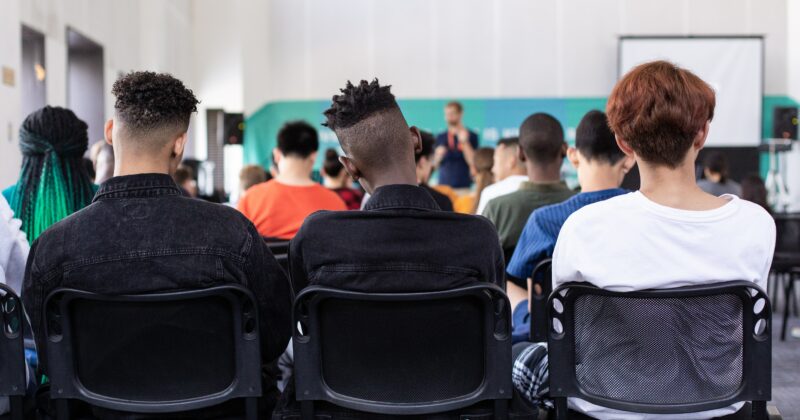
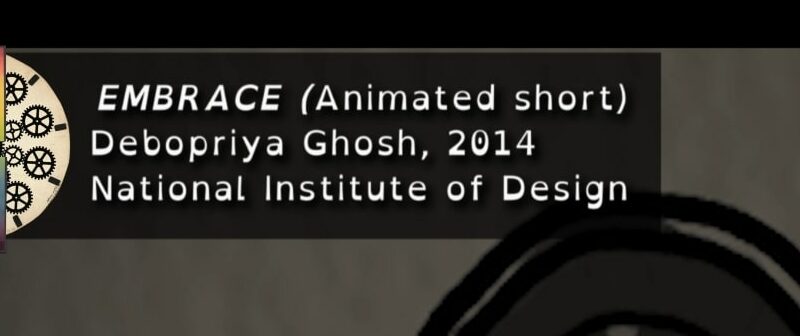
![A man wearing a grey T-shirt and black pants against a yellow wall. He is sitting on the floor next to his laptop, with his hands making a film frame as he discusses a shot from a film playing on his laptop. The caption reads [Epic action film music].](https://sites.reading.ac.uk/t-and-l-exchange/wp-content/uploads/sites/26/2023/06/image-2-1024x576.jpg)
![A screenshot from an animated film. We see two hands, one on top of another, feeling the vibration of sound from a speaker. On the top-left is the following text that identifies the film and production details: Embrace (Animated Short), 2014, Debopriya Ghosh, National Institute of Design. The caption reads [Film Audio]: Muffled Music and static.](https://sites.reading.ac.uk/t-and-l-exchange/wp-content/uploads/sites/26/2023/06/image-1-1024x576.jpg)
